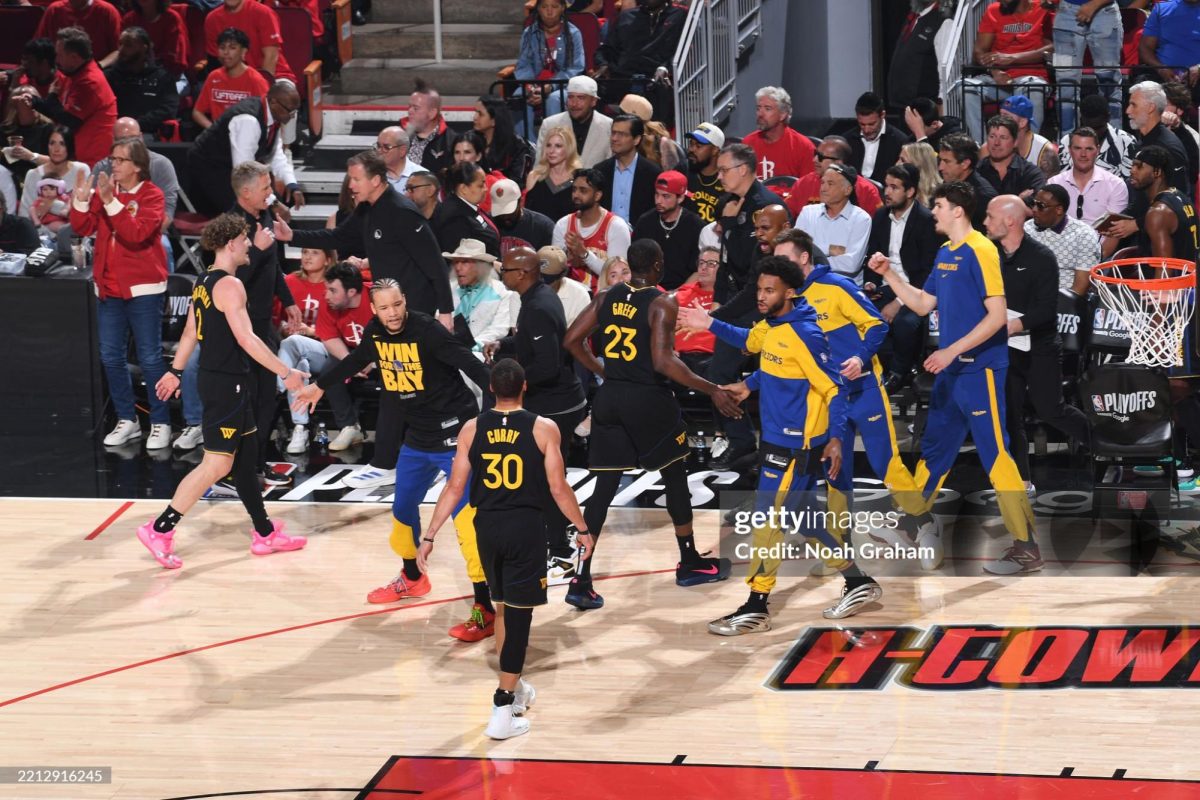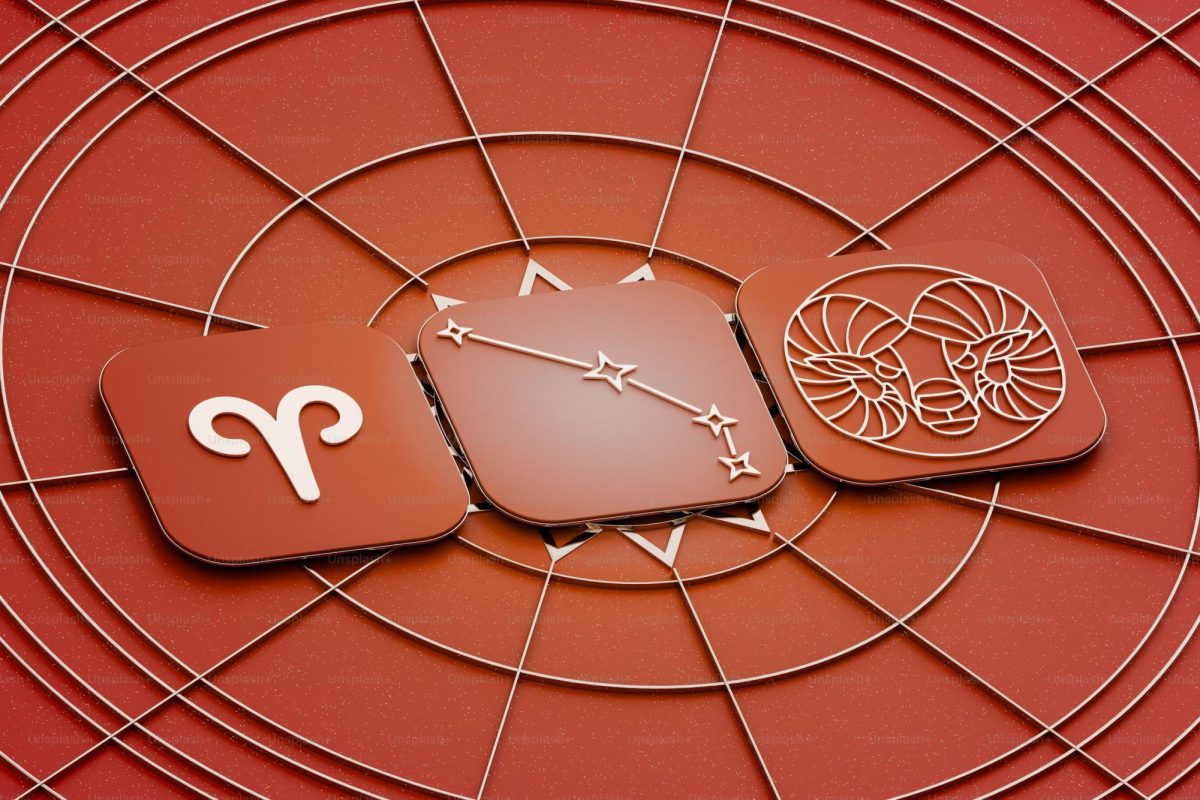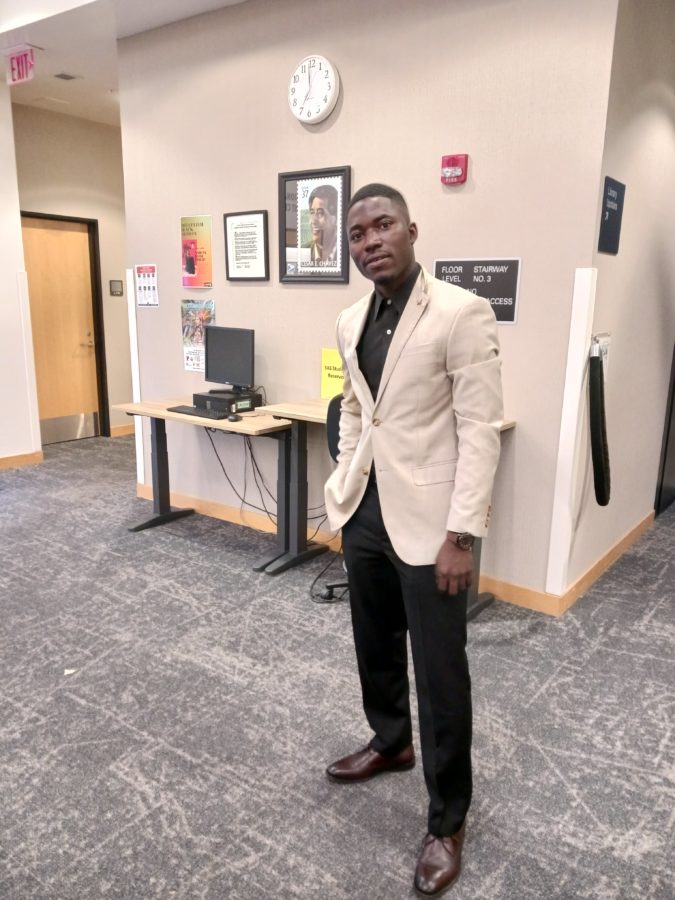Astronomy, ASTRO 010, taken in the Fall 2015 semester at SJCC, was fun because it allowed me to study about scientific information I liked such as outer space, the moon and sun.
Scientists work together in order to discover this information so that it becomes available for others to learn.
The instructor gave handouts with information about the path of the sun in the continental United States. I learned that the longest day is called the summer solstice and the shortest day of the year is the winter solstice. The sun’s path becomes lower and lower from the summer solstice to the winter solstice and higher and higher away from the winter solstice to the summer solstice.
In addition to studying about the sun, the course also studied the moon. What I learned includes the different phases of the moon and the different types of moons, such as waxing moon, waning moon, total solar eclipse, total lunar eclipse, new moon, full moon, etc.
Additionally, the course taught students about constellations. A set of stars that form different things such as shapes when they are connected together are constellations, and they often have names. The instructor presented slides about constellations and handed out a visual star chart and directions of the constellations.
I learned about planets and that those that come before the asteroid belt have solid surfaces, meaning that we can stand on their surfaces, while planets that come after the asteroid belt do not have solid surfaces, except for Pluto, meaning that we would sink if we were to stand on their surfaces.
I also learned about planets that exist beyond the Kuiper Belt and that planets can have an invisible or close to invisible rings. An example is Saturn that has rings which can be seen.
Learning about gravity and the Milky Way was fun, too.
I also recommend oceanography, broadcasting and journalism courses, as they are my favorite.






